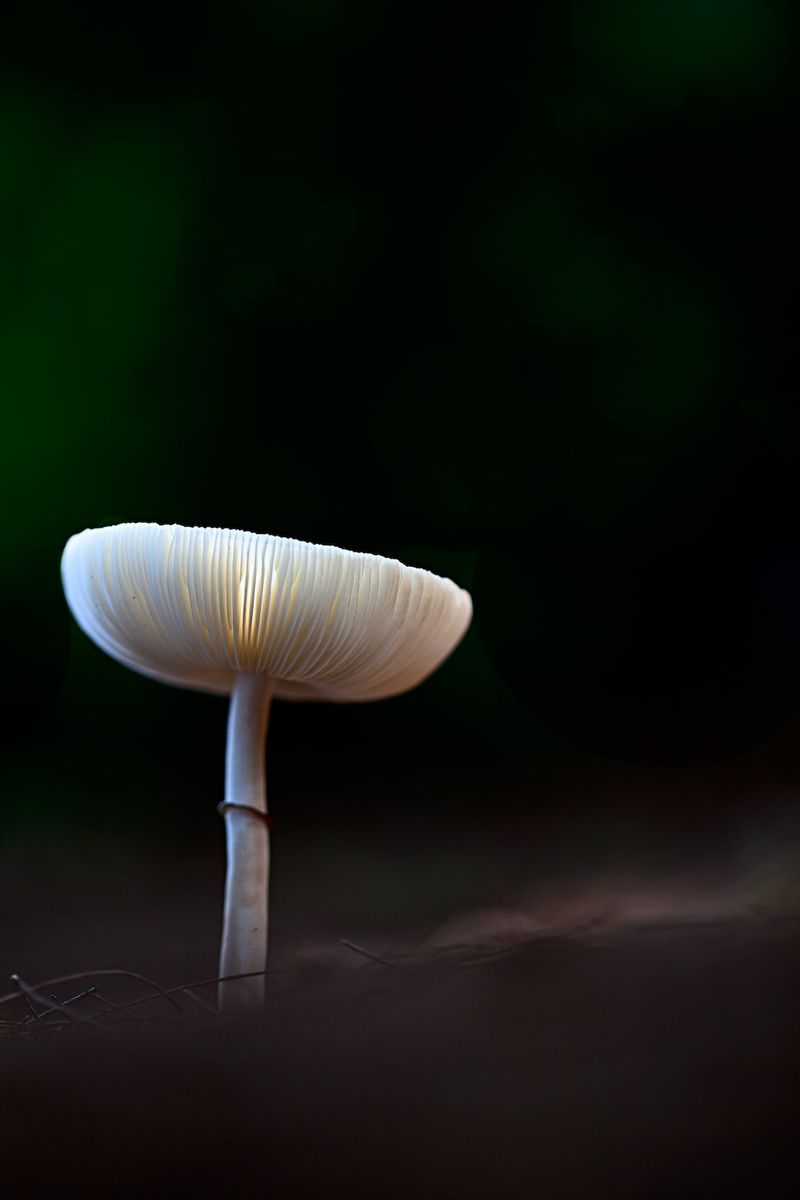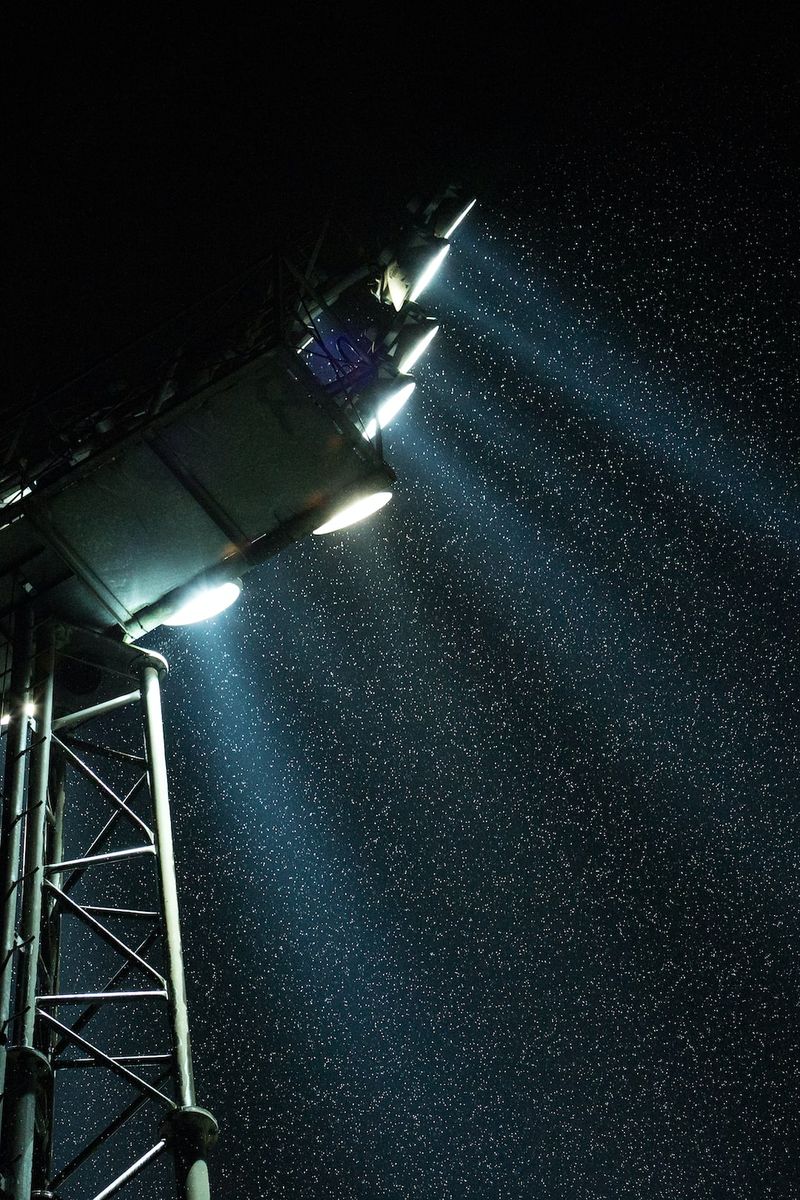Can’t tell the difference: Why foraging for wild mushrooms can end in painful death
Russian Roulette with Wild Mushrooms
A recent incident in Victoria has once again shed light on the dangers of foraging for wild mushrooms. Three people tragically lost their lives after ingesting poisonous mushrooms at a lunch party. According to Lydia Buchtmann, spokesperson for the Food Safety Information Council, gathering wild mushrooms is like playing Russian roulette. She explains that even mushroom experts struggle to distinguish between a death cap mushroom and a safe mushroom, as they look different at various stages of growth (9news.com.au, 2023).
The Lethal Nature of Death Caps
Death caps, the mushrooms responsible for the recent deaths in Victoria, are considered the most poisonous mushrooms in the world. While they may resemble common mushrooms found in supermarkets, they are highly lethal. Ingesting as little as a teaspoon of these mushrooms can be enough to kill an adult human. Unfortunately, there is no known cure for death cap mushroom poisoning, and even organ transplants often fail to save lives. Hence, the advice from experts is clear: do not pick or eat wild mushrooms at all. The risk is simply too great (9news.com.au, 2023).
A Dangerous Game of Mushroom Roulette
The case in Victoria is not an isolated incident. In 2012, two people died after consuming poisonous mushrooms during a New Year’s Eve dinner party in Canberra. The mushrooms had been misidentified by a trained culinary chef, highlighting the difficulty even professionals face in distinguishing between safe and poisonous varieties (9news.com.au, 2023).
Death caps are not native to Australia but have spread to various continents, including Australia, through the transportation of timber and seedlings. This poses a significant risk for individuals born overseas, particularly in Asia, as these deadly mushrooms can often resemble edible mushrooms commonly gathered in their home countries. Death caps can emerge at any time of the year, usually near oak trees during warm, wet weather (9news.com.au, 2023).
Symptoms and Health Risks
Symptoms of death cap mushroom poisoning typically appear 10 to 16 hours after ingestion and include vomiting, diarrhea, and stomach cramps. The initial symptoms may ease for several days, misleading victims into a false sense of security. However, a terminal phase of three to four days follows, characterized by liver and kidney failure. This phase often leads to a coma and ultimately death, after weeks of suffering. It is crucial to seek early and effective medical intervention to increase the chances of survival (9news.com.au, 2023).
Other Poisonous Mushrooms in Australia
In addition to death caps, there are other poisonous mushrooms in Australia that can cause serious illness and fatalities. These include the Cortinarius and Galerina species, the ghost mushroom (often mistaken for oyster mushrooms), and the yellow-stainer (resembling a field mushroom). The yellow-stainer, in particular, is the most commonly ingested poisonous mushroom in Victoria and New South Wales (9news.com.au, 2023).
Advice for Mushroom Safety
The Food Safety Information Council advises against picking or consuming wild mushrooms due to the inherent risks involved. The inability to differentiate between safe and poisonous varieties, even for experts, underscores the danger. Any suspicion of mushroom ingestion should prompt immediate medical attention. It is recommended to go to a hospital emergency department, taking the mushroom with you if possible. Additionally, the Poisons Information Centre can be contacted throughout Australia at 13 11 26 (9news.com.au, 2023).
The recent deaths in Victoria serve as a tragic reminder that the allure of wild mushrooms comes with potentially fatal consequences. It is imperative to prioritize personal safety and rely on trusted sources for edible mushrooms. Engaging in unauthorized mushroom foraging poses unnecessary risks and can, tragically, lead to irreversible consequences.

<< photo by Gemma Evans >>
The image is for illustrative purposes only and does not depict the actual situation.




